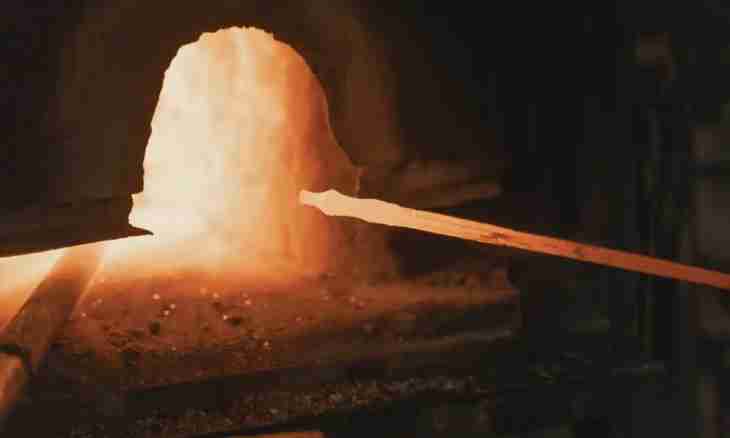If you need to melt metal, then remember several important points which will help to make it competently and qualitatively. If not to observe all subtleties of process of melting, the result can turn out at all not such as it was supposed.
Instruction
1. Melting of metal needs to be carried out at observance of certain rules. If you melt lead or zinc, then consider that lead will melt quickly - its temperature of melting of 327 degrees. Zinc melting temperature - 419 degrees, so it will be firm for a long time. Lead when overheating will begin to become covered by an iridescent film, and after its surface will cover a layer of not melting powder. Therefore, by then, as zinc will begin melts, lead will be oxidized and it will remain very little, besides, the structure it will be at all not such as it is supposed. Such conclusion: at first melt zinc but only then put lead there.
2. The same situation is observed if to alloy zinc with brass or copper when at first you warm zinc. That is always begin to melt that metal which has more high temperature of melting. In addition pay attention that if you hold the warmed alloy on fire during the long time, in the investigation of waste on metal the film besides will appear. Therefore try to reduce metal waste; melt together pieces of identical size; at first package smaller pieces; you watch that metal did not adjoin to air. For this purpose use brown or close the surface of metal ashes.
3. When hardening, metal decreases in volume. There is it at the expense of the internal not stiffened particles. On a surface or in casting, deepenings or as they are called still, shrinkable sinks turn out. Do a form so that these most shrinkable sinks turned out in those places of casting which are removed then. Keep in mind that existence of shrinkable sinks can spoil casting and even to make it unsuitable.
4. After melting overheat metal a little in order that it became slush and is hotter - then it will be able to fill better details of a form and will not stiffen from contact with colder form ahead of time.
5. Sometimes during the work with alloys it is more reasonable to melt at first more fusible metal, and then to add more refractory, but this method is applicable only for those metals which not strongly are oxidized. Or you should protect them from oxidation. Always take metal more, than it is required - it has to fill not only a form, but also a sprue channel.

